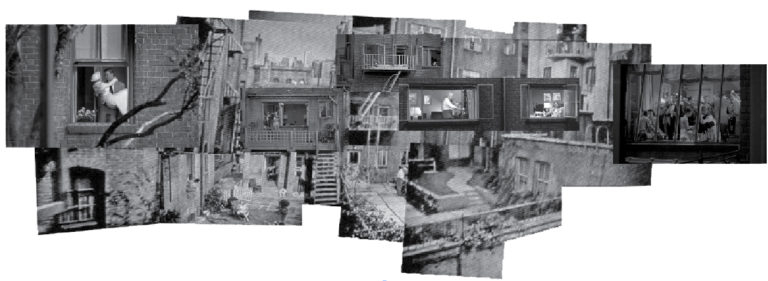Film is a dynamic representational medium offering the ability to collapse time and compose visual narratives frame-by-frame. Like cinematography, architecture engages spaces within the view frame as well as the ambient effects of spaces beyond. In both practices, time may be translated into measures of movement and occupancies of space. Apart from architecture informing scenography and cities serving as backdrops for moving images, film discourses have actively participated in shaping and critiquing urbanism, architecture, and interiors. And while architecture and design may not necessarily be central themes in a film, their latent influences inform cinematic processes of thinking and making.
In his book, The Architecture of Image: Existential Space in Cinema, Juhani Pallasmaa explores the shared experiential territory of architecture and cinema through existential space. Building upon the analogous relationship between cinematic processes and built form, the 2020 Architecture & Film Symposium, Of movement, explores ideas that intersect at the development of concept, context, and making in the overlapping domains film and architecture. Hosted by the University of Cincinnati, School of Architecture & Interior Design, the symposium adopts cinematic representations of the built environment as a cultural lens for interdisciplinary theoretical debate. It exploits the filmic capacity to produce virtual spatial experiences as a form of design experimentation. By focusing on actions of joining form and space with materiality, Of movement will investigate shared conditions at the scale of buildings, interior spaces, and the city.
Of movement will consider the following provocations:
- How do films construct historical and cultural narratives of space?
- How does architecture enable, facilitate, empower, and challenge the cinematic narrative?
- How does film represent, filter, manipulate, and alter our perception of past, present, and future in the built environment?
- How can film be used to frame theoretical making/teaching pedagogies in architecture and design?
- How does film provoke design innovation and vice versa?
- How do cinematic narratives featuring artists, architects, and designers inform/misinform public understanding of the creative disciplines?
